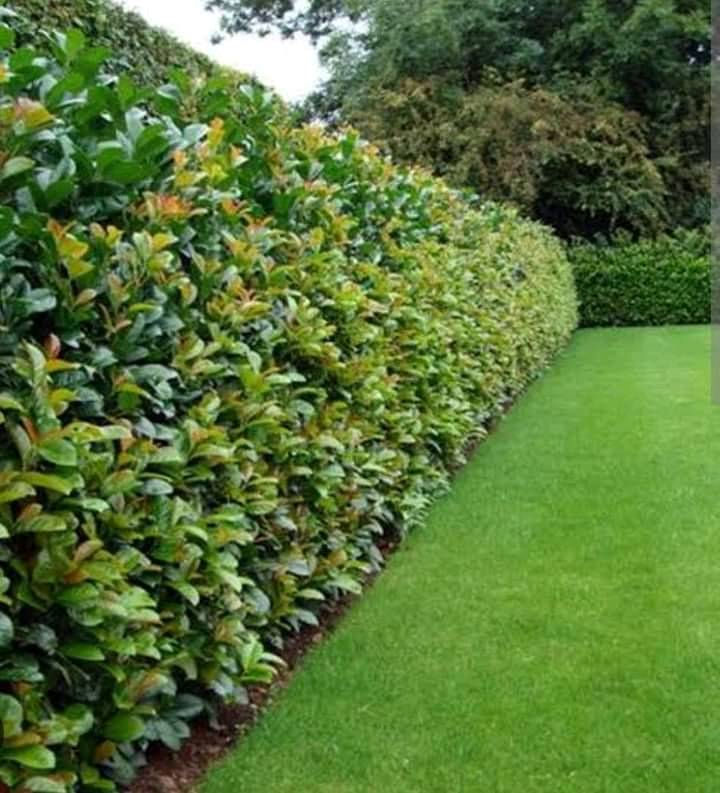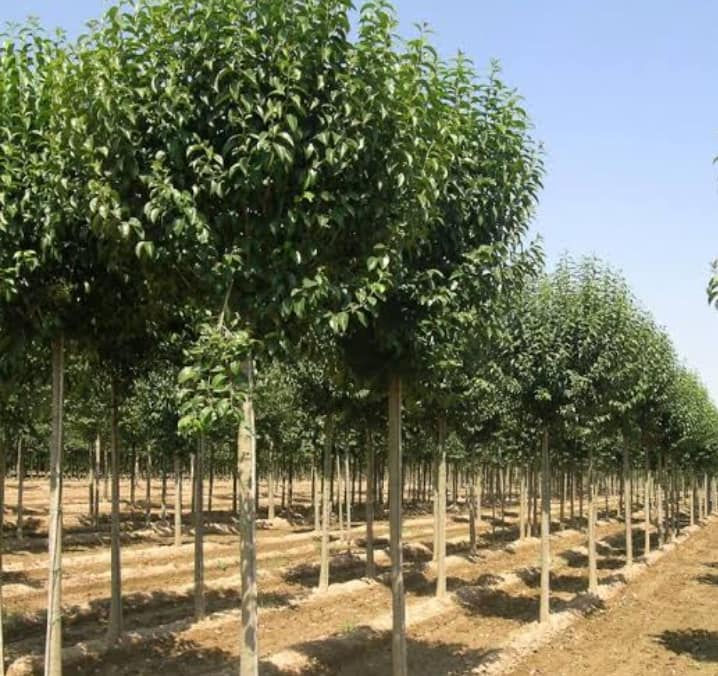
In this section we will look at
1.)About Japonica
2.)Japonica Leaves
3.)FAQ about Japonica
4.)Japonica Flowers
5.)Japonica Fruit
6.)Japonica Bark
7.)Growth condition for Japonica
8.)Uses of Japonica
9.)Japonica Invasiveness
10.)Disease affecting Lingustrum Japonica
11.) How To Grow Japonica
12.)Cultivars and Varieties of the Japonica
13.)Cultural Significance of the Japonica
14. Top sellers of Japonica Seedlings on Facebook
15.)Top sellers of Japonica Seedlings on Jiji

Image of japonica seedlings transport
Ligustrum japonicum, commonly known as Japanese privet, is a species of flowering plant in the Oleaceae (olive) family native to Japan and Korea where it thrives in a variety of environments, from lowland forests to hilly areas.

Image of japonica tree by Garden plants online
This evergreen shrub or small tree is widely appreciated for its glossy leaves, fragrant white flowers, and versatility in landscaping. The Japonica has found global popularity, especially in regions with mild to warm climates, where it serves as a reliable ornamental plant for hedges, borders, and garden accents.

Image of Japonica trees by Sunscape East Inc
Japanese privet is a robust and attractive evergreen shrub or small tree that can reach a height of 10 to 15 feet (3 to 4.5 meters) and spread up to 6 to 8 feet (1.8 to 2.4 meters). In favorable conditions, it can also be pruned to form a dense hedge or topiary, or left unpruned to grow as a tree with an open, spreading canopy.
Japonica Leaves

Image of japonica leaves
The most striking feature of Ligustrum japonicum is its lustrous, dark green leaves. They are leathery, oval, and typically measure between 2 to 4 inches (5 to 10 centimeters) in length. The glossy foliage adds year-round interest to gardens and serves as a perfect backdrop for more colorful plants.
FAQ about Japonica

Image of beautiful japonica fence
How many seedlings is enough for 100 by 200 feet compound
For a perimeter wall 600ft it will require Japonica spacing at 1ft will require 450 while a Spacing at 1.5 will require 600
Does Japonica attract caterpillars
Japonica serves as a host plant for various moth and butterfly species however, Japanese privet is generally a hardy plant and can usually withstand minor infestations without significant harm
Does Japonica Perform well on Black Cotton Soil
Ligustrum japonicum (Japanese privet) can grow in a variety of soil types, but black cotton soil presents some challenges due to its high clay content, poor drainage, and tendency to expand and contract with moisture changes.
Japonica Flowers

Image of the Japanese privet flowers
In late spring to early summer, Japanese privet produces panicles of small, creamy white flowers. These blooms are highly fragrant, attracting pollinators like bees and butterflies. While the flowers are generally admired for their scent, some people find the aroma overpowering or unpleasant.
Japonica Fruit

Image of Japonica seeds by Around Here
After flowering, the plant develops small, round, black berries that mature in the fall and often persist into winter. These berries are a valuable food source for birds, although they are considered toxic to humans and pets if ingested.
Japonica Bark

Image of Japonica Tree
The bark of mature plants is smooth and grayish-brown, adding an element of visual interest when the plant is pruned into tree form.
Growth condition for Japonica

Image of Japonica seedlings for sale
Japanese privet is prized for its ease of cultivation and rapid growth. It is a low-maintenance plant that can tolerate a wide range of environmental conditions, making it a popular choice for gardeners and landscapers.
Soil Requirements
Ligustrum japonicum grows well in various soil types, including clay, loam, and sandy soils. It prefers well-drained soil but can tolerate occasional periods of drought once established. The plant also performs well in both acidic and alkaline conditions, making it highly adaptable to different landscapes.

Image of japonica fence by Landscaper Maggie
Light Preferences
This plant thrives in full sun to partial shade. While it will tolerate some shade, full sun exposure ensures the best foliage density and flowering. In shadier spots, Japanese privet may become leggy, with reduced flowering and less vibrant foliage.

Image of Caren Muthoni standing besides a tall japonica tree
Watering and Maintenance
Ligustrum japonicum is relatively drought-tolerant once established, but young plants require regular watering to develop a robust root system. During dry spells, mature plants benefit from occasional deep watering. Mulching around the base of the plant helps retain soil moisture and minimize weed growth.
Pruning is essential to maintain the desired shape and size, especially if the plant is used as a hedge or topiary. Regular trimming promotes dense, bushy growth and removes any dead or diseased branches. If left unpruned, Japanese privet can grow into a small tree with an open structure.
Uses of Japonica

Image of a beautiful Japonica fence
Hedges and Screens: One of the most common uses for Japanese privet is as a formal or informal hedge. Its rapid growth and tolerance of pruning make it easy to shape into a dense, uniform barrier. Landscapers often recommend spacing plants 2 to 3 feet (0.6 to 0.9 meters) apart to create a seamless hedge.
Specimen Plant: When allowed to grow as a small tree, Ligustrum japonicum becomes an elegant specimen plant. Its spreading canopy and glossy leaves create a striking focal point in gardens and landscapes.
Topiary and Espalier: Japanese privet is highly responsive to pruning and can be shaped into intricate topiaries or trained along walls in an espalier pattern. These creative forms add a formal or whimsical element to gardens.
Urban and Coastal Planting: The plant's tolerance of urban pollution and salt spray makes it a suitable choice for cityscapes and coastal gardens. It can thrive in the harsh conditions of urban areas, where other plants might struggle.
Japonica Invasiveness

Image of Japonica plantation
The plant's ability to produce a large number of seeds, combined with its tolerance of various soil and light conditions, has contributed to its invasive behavior. Birds play a significant role in seed dispersal by eating the berries and spreading the seeds over long distances. Once established, Japanese privet forms dense thickets that crowd out native plants and alter habitat structure for wildlife.

Image of Japonica seedlings by Landscaper Magie
Efforts to manage and control the spread of Ligustrum japonicum include physical removal, the use of herbicides, and public awareness campaigns to discourage its use in regions where it poses an ecological threat. In some states, it is considered a noxious weed, and gardeners are advised to plant native or non-invasive alternatives.

Image of variegated japonica
Disease affecting Lingustrum Japonica
Ligustrum japonicum is generally resistant to most pests and diseases, making it a reliable choice for low-maintenance landscapes. However, it is not immune to problems. Common issues include:
Leaf Spot: Fungal infections can cause leaf spot, resulting in discolored and damaged foliage. Removing affected leaves and improving air circulation around the plant can help manage this problem.
Powdery Mildew: In humid conditions, powdery mildew may develop, forming a white, powdery coating on the leaves. Applying fungicides and reducing moisture levels around the plant can prevent and control outbreaks.
Aphids and Scale Insects: These pests occasionally infest Japanese privet, feeding on sap and weakening the plant. Insecticidal soap or horticultural oils can be used to control infestations.
How To Grow Japonica

Image of a japonica seedling by Margret Wise
Propagation of Ligustrum japonicum is typically done through seeds or cuttings.
Seed Propagation
Seeds should be collected from mature berries and cleaned thoroughly before planting. They can be sown in pots or directly into the soil, but germination may be slow and erratic.
Cuttings
Propagating Japanese privet from semi-hardwood cuttings is the preferred method for gardeners and nurseries. Cuttings taken in late summer or early autumn root well when placed in a well-draining soil mix and kept in a warm, humid environment.
Cultivars and Varieties of the Japonica
Several cultivars of Ligustrum japonicum have been developed to enhance specific ornamental traits, such as leaf color and growth habit. Popular cultivars include:
‘Texanum’ (Waxleaf Privet)

Image of a Japonica seedling for sale
This cultivar is known for its compact growth and waxy, dark green leaves. It is commonly used for formal hedges and topiaries due to its dense foliage and ease of pruning.
‘Recurvifolium’
Also known as the wavy leaf privet, this variety features wavy, textured leaves that add visual interest. It is often used in borders and as a specimen plant.
‘Variegatum’
This cultivar has variegated leaves with creamy white margins, offering a bright, ornamental look. It is an excellent choice for adding contrast to green landscapes.

Image of variegatum japonica
Cultural Significance of the Japonica

Image of a Japanese privet bonsai by My Backyard Bonsai
In its native range, Ligustrum japonicum has been cultivated for centuries for both ornamental and practical purposes. In Japan, it is sometimes used in traditional garden designs, where its evergreen nature contributes to the year-round beauty of landscapes. The plant's ability to thrive in diverse conditions has made it a valuable part of horticultural history in many countries.
Margret Wise | 0716809330 | 500Ksh |
Gracy Gituku | 0722994725 | 500Ksh |
Mungai L james | 0759708029 | Above 5 feet 200 |
Landscaper Magie | 0721742552 | 200Ksh |
Kenn Landscaper | 0719808919 | 500Ksh |
Caren Muthoni | 0710228109 | 500Ksh |
Irene Kariuki Kariuki | 0723708523 | 400Ksh |
Henry Ke | 0727242733 | 500Ksh |
Agatha Mwende | 0720707742 | 500Ksh |
Michael Gitau | 0719808919 | 500Ksh |
Kilomo By Urban Fresh | 700Ksh | 0721644863 |
Bashan | 200Ksh | 0711929281 |

Коментарі